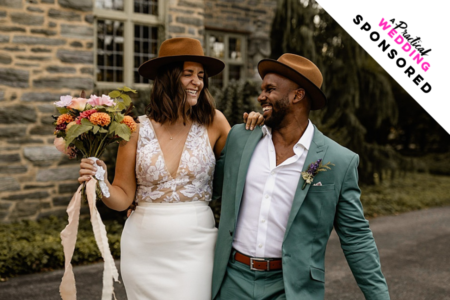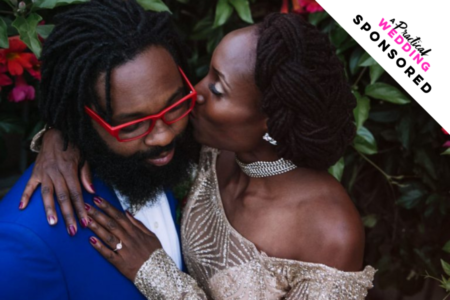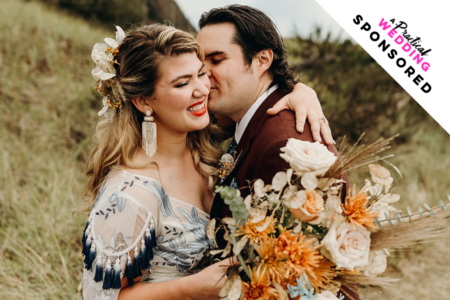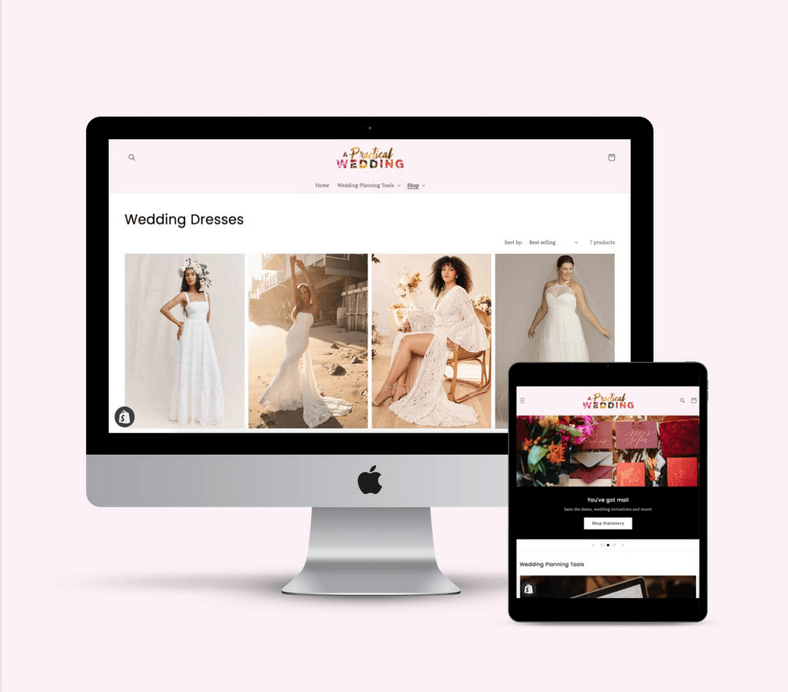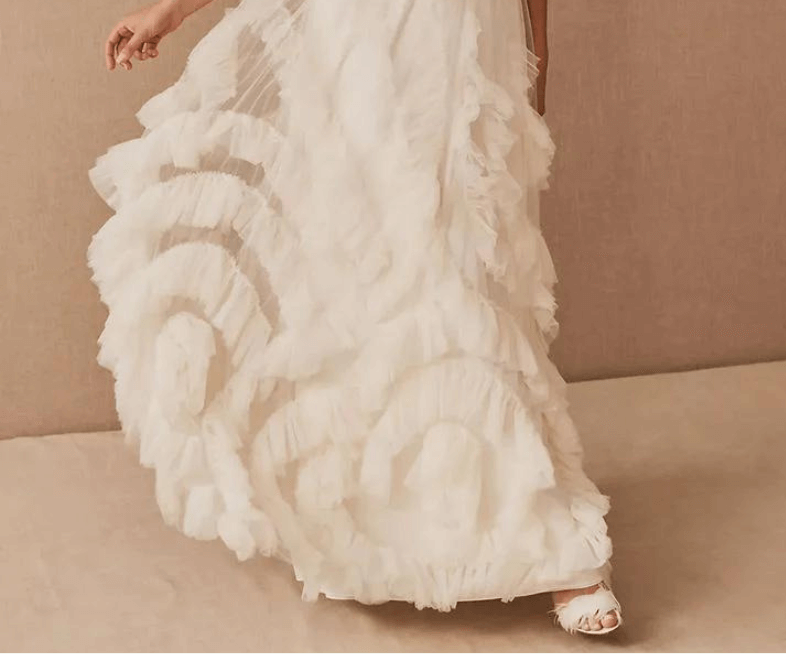
There is plenty of advice on the internet on how to find a wedding photographer. And you know, most of it is actually pretty good. I assure you that is not a thing). But recently in the comments of some of our sponsored posts, it’s become clear that a lot of the advice out there is geared toward people who already have a handle on photography, people who can look at a photo and say, “Yup, that’s a great image.” But there isn’t really a ton of information out there for people who are at a photographic square one.

Most of the time when I meet with potential clients, they say the same thing. They don’t want their parents’ wedding photos. They want natural, unposed documentation of their wedding from someone who isn’t going to interrupt the natural flow of the day. The good news is, many (and I’d argue most) wedding photographers have already moved towards this kind of wedding photography. With the exception of a few photographers who have built a reputation on the fact that they will pose and move you during the events of the day to create perfect images (and please do ask photographers about this. There is nothing worse than being poked and prodded and posed all day if what you really wanted was someone to hang back and blend in with the scenery), a good majority of photographers are going to capture your wedding as it happens. But if most wedding photographers are approaching their work from a similar logistical standpoint, well, the end results couldn’t be more different. So how do you know what makes a good photo? What should you be looking for when you look at a photographer’s portfolio?
I think it all comes down to storytelling. Each photographer has a personal take on the best way to tell a story through photos. The way a photographer perceives storytelling is going to inform what they take photos of, how they take them, where they are when the important events happen, and everything else in between. And there are a few variables that photographers manipulate that will make all the difference from one portfolio to the next:
Lighting: If you talk to any photographer, they’ll tell you that lighting is 90% of what makes a photo good or bad. One of the best ways to understand lighting is to hold up your hand and face your palm toward a window. Then start rotating your hand back and forth and look at the different ways shadows are cast on your hand as you move it around. If you face your hand directly at the window, the light falls very evenly and cleanly, but if you start moving your hand at a ninety degree angle away from the window, it creates shadows that make your hand look moody and dramatic. This is what photographers do all day. We analyze light. So as you’re looking through photographers’ portfolios, you’ll start to notice that we all play with light differently. Some photographers prefer really bright photos that make the world look light and airy, while others use light to create mood and emotion. For example, take the photos below. They are of the same bride, taken moments apart, but the light is totally different, and therefore the photos are totally different.
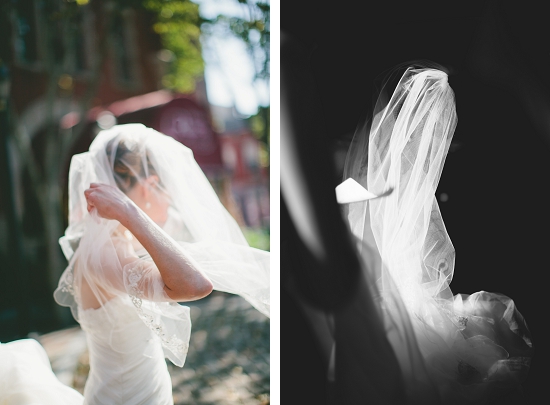
As you start looking through photographers’ portfolios, pay attention to the lighting quality in the pictures. Are they dark and moody? Bright and romantic? Each photographer has a certain style, and there will most likely be one that you mesh with better than others. You may also notice while you’re looking through portfolios that some photographers refer to themselves “natural light photographers” which just means that they only use whatever light is available, rather than using a flash or other lighting setups. If you are getting married somewhere dark without a lot of windows, you will want to make sure that the photographer knows how to create light when it isn’t there. Every lighting situation is different for photographers, so make sure you’re looking at photos that have similar characteristics to your venue. An outdoor wedding in the middle of the day with bright sun requires a very different skill than a New Year’s Eve reception in a dark church. (Also, a hot tip: ask to see some reception shots, since many of us don’t include those in our portfolios. Because if you are having an art gallery reception with no light, you want to make sure we can handle it. If all the reception photos are a little blurry and have been converted to black and white, then low-light situations are probably not that photographer’s forte. If you see lots of backlighting and what appears to be bursts of light behind the dancing, it means that that photographer has the ability to create standalone lighting in situations where the light is nonexistent.)

Composition: After lighting, the next thing you want to look at in someone’s portfolio is composition (hint: Meg talks about this a lot in sponsored posts, because she went to art school and composition is something that gets drilled into you there). This basically means, how did they set up the photo? Even when photographers are capturing moments as they happen, we’re still looking for interesting ways to tell the story. Take the below photo, for example. It uses the backs of the the bride and her father’s heads to frame the groom’s face as she walks down the aisle. By doing this, not only do your eyes know exactly where to go the moment you look at the photo, but you also get the added storytelling of seeing the groom’s face from the bride’s perspective.

As you look through portfolios, ask yourself: Are all the photos taken from the same perspective and angle? How does the photographer make things more interesting? Are there moments like this picture below, where they get down underneath the action? Anything that makes you feel like you are in the moment is good composition.
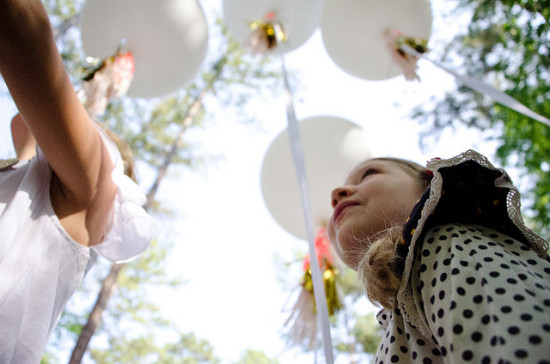
Tools: Most wedding photography advice will tell you to ask your photographer what kind of camera he or she uses. Unless you are a camera buff, this is usually a wasted question (heck, most of the time I don’t even know what the best camera on the market is). But as you look through portfolios, you’ll notice that certain photographers have different tools that they use to tell a story in their own voice. I’m a hopeless romantic, so for me that’s a lens that I’ve hacked onto a sink plunger that makes soft photos like this one.

A lot of photographers like the warmth of film. Film has a texture and a quality that just can’t be reproduced in digital format (no matter how hard we try). Also, if someone says they use film, it means they were probably trained in a darkroom and have an understanding of cameras that goes beyond digital, so not only will your photos look different, but the experience of being shot on film will be different than working with a strictly digital shooter.
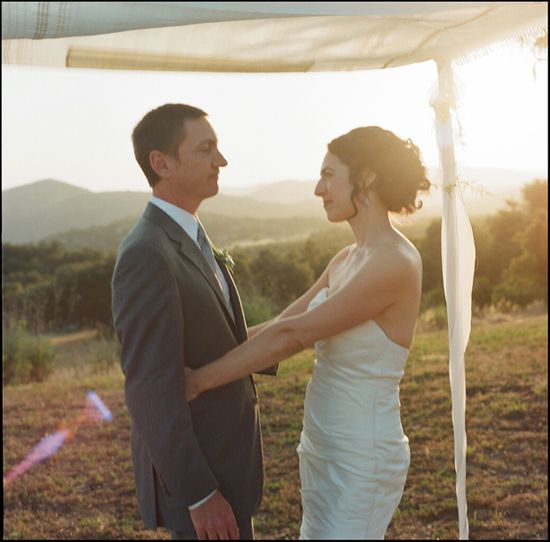
Other photographers like the quirkiness of toy cameras that make cool square photos like this one.
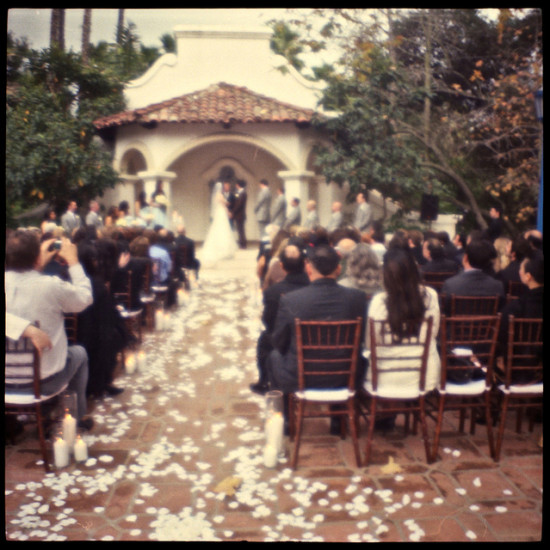
As you’re looking through portfolios, keep an eye out for what identifies the photographer’s portfolio as distinctly their own. It might be that they take super crisp images with really high quality lenses. Or maybe they use their grandfather’s camera to take old school black and whites. A photographers’ favorite tool will tell you a lot about the way they see the world (and while you can get an idea of this from their portfolio, don’t be afraid to ask them about it. I could geek out forever over my plungercam. And any photographer who uses film could spend hours telling you why).
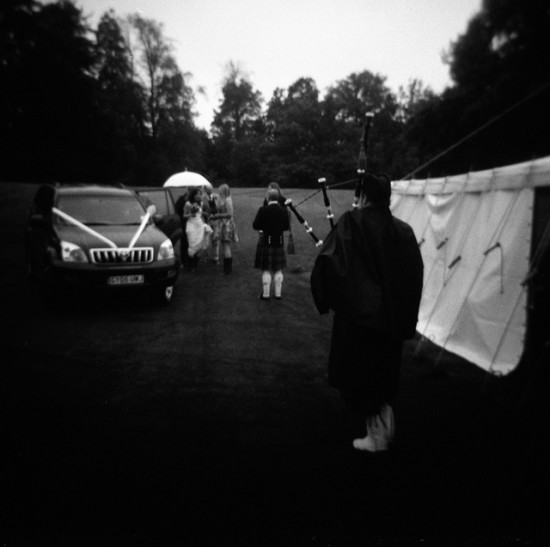
At the end of the day, it all comes down to storytelling. Sure, according to Wikipedia or any online photography forum, there is a right and a wrong way to take a photo. But when it comes to wedding photography, what you’re really looking for is a storytelling technique that matches your idea of how your wedding will be. For example, I was recently photographing a wedding with my assistant and I took a photo of the couple dancing that I really loved. She laughed and shrugged and said to me, “You are such a romantic.” I was kind of surprised, but then I realized that I had specifically chosen to tell a story in a way that made the moment very romantic. This story, for example:
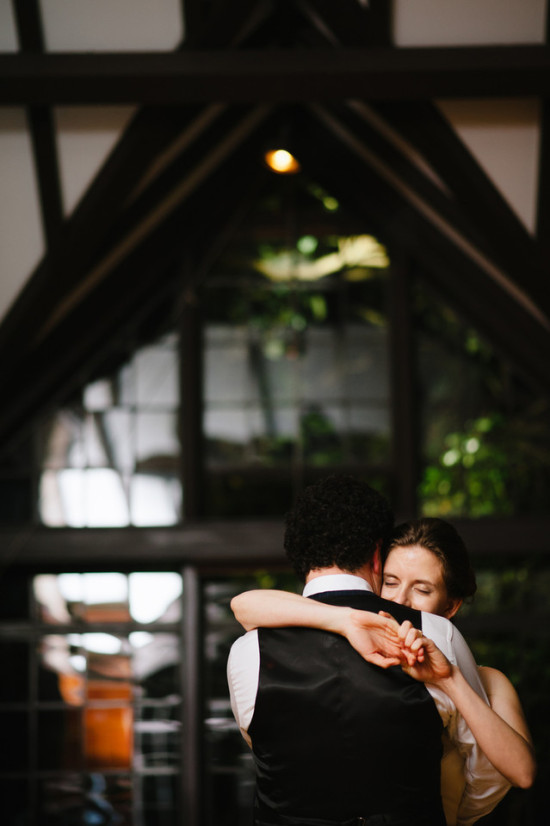
… is very different from the story of Meg’s wedding below, even though they were taken in the exact same room, in front of the same windows. (Though, hint, look at this photo from Meg’s wedding taken by a photographer friend for a similar moment to the one above, taken with a different kind of camera.)
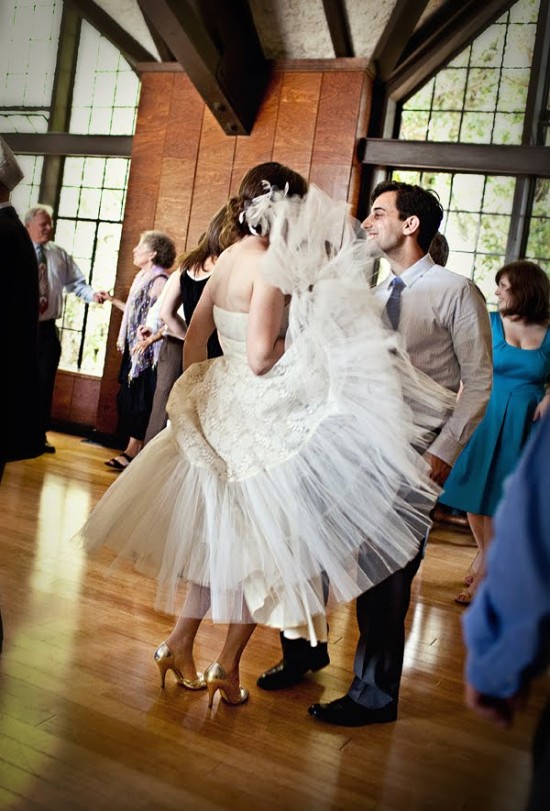
So ask yourself, does the photo you’re looking at have a sense of humor? Is it romantic? Is there a softness to it? Does it look crisp like a magazine image? The story a photographer tells is going to be your story through their eyes, so you want to make sure that they match up.
The conclusion: if all of this seems like a ton of information to digest, then keep it simple and look for two criteria: Do you like the photos and do they make you feel happy? Not a super visual person? Then it’s totally fine to ignore the first question and move onto the second: Do you like the photographer and do they make you feel happy? More important than lighting, composition, or any fancy technology, those are the power rules to live by.
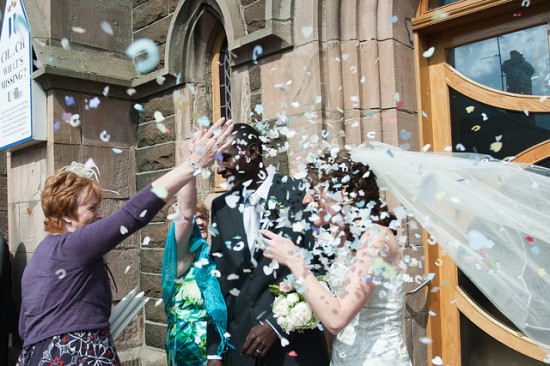
But! That’s not all! We know you guys have a whole variety of questions, so next time we’re going to be talking about photographic styles and what the heck “Wedding Photojournalism” is anyway. Stay tuned.
Photos by: Christina Richards, Jesse Holland, Jessica Schilling, Emily Takes Photos, Hart & Sol West, Jonas Seaman, LeahAndMark.com, LeahAndMark.com (again), Hart & Sol West, Rad + In Love, Jessica Schilling, Lauren McGlynn, Hart & Sol West, One Love Photo, Lauren McGlynn


